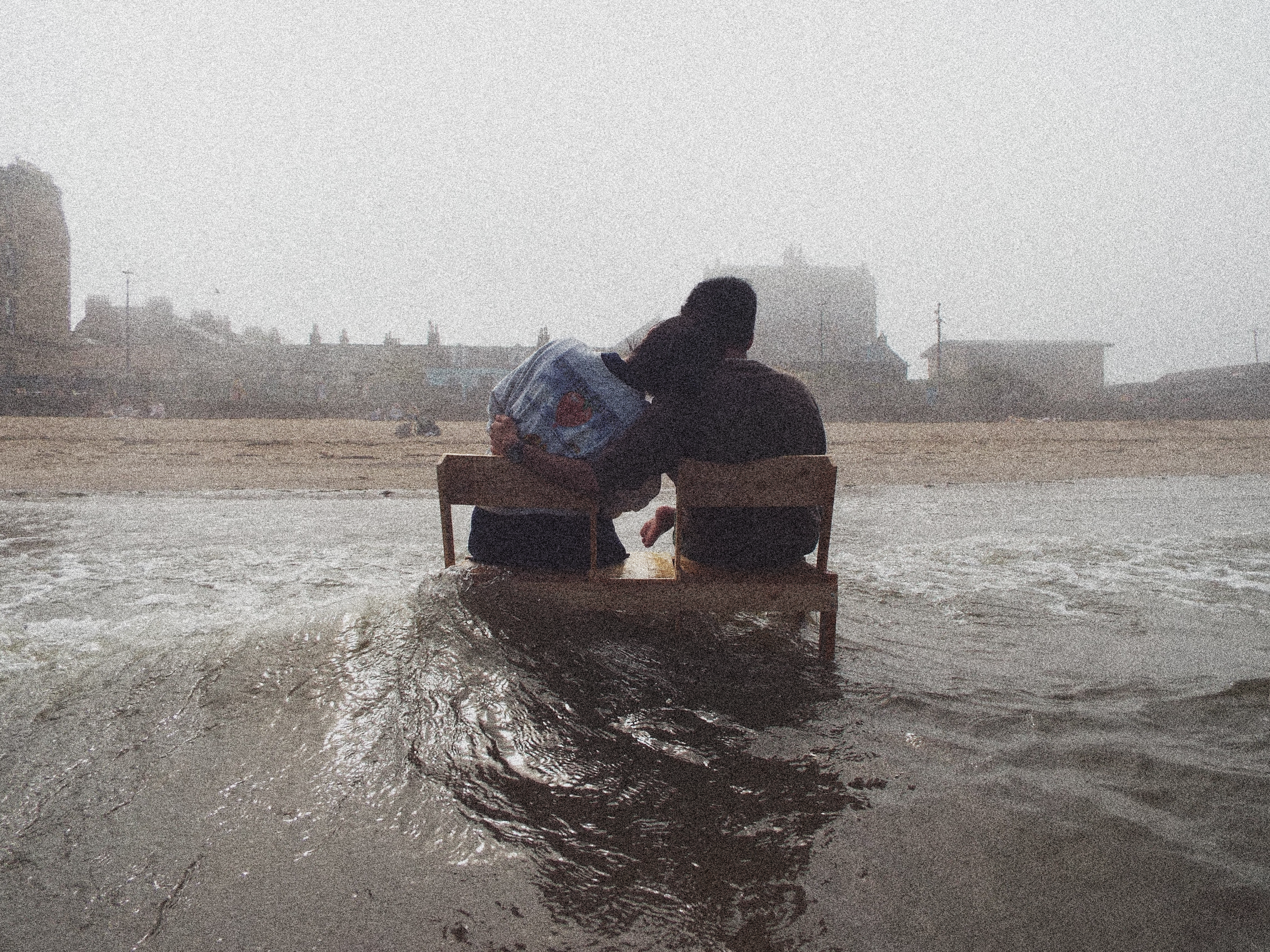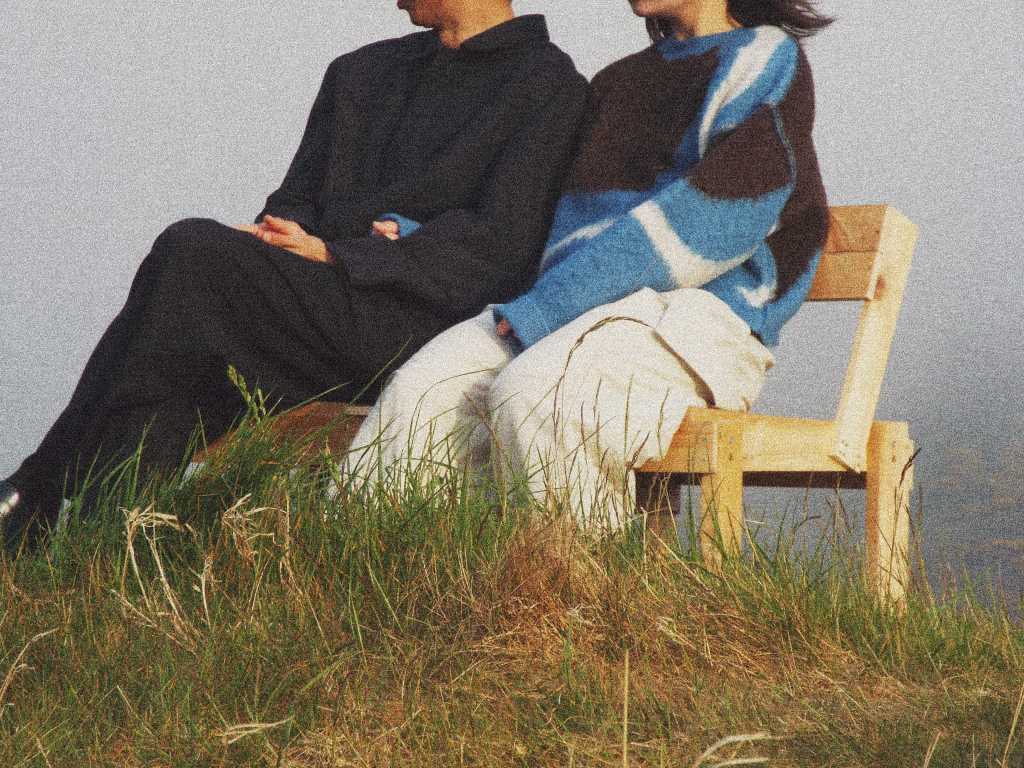
By Delan Aribigbola
“Everybody must design – after all, that is the best way to avoid being designed by others”
What determines value in a neo-liberal marketplace? “The Loveseat” offers an answer to this question. Built as a modification of Enzo Mari’s ‘P-chair,’ the materials were sourced from the streets of Edinburgh, made out of scrap wood and screws. It’s value is determined by the cultural relevance of its constituent materials, sourced from the city, for the city.
The P-chair was part of a wider project by Mari called “Autoprogettazione”, roughly translated to “Self-Design”. Through this project, Mari attempted to encourage greater consumer criticism by teaching everyday people to design items of furniture, providing them with blueprints of basic chairs, tables and beds. Users were encouraged to modify the blueprints to suit their own environment; through this process, they would develop a taste in design, allowing them to make more informed decisions when buying furniture. As Mari puts it himself; ‘How can form be detached from value and instead be firmly associated to content?’
This sparks a further question; What determines value in the current market? On one side of the spectrum, value is driven by predictability through standardisation. Part of what makes IKEA so comforting is that we don’t have to imagine what a room could look like – the catalogue does it for us. The convenience of ready-made furniture tends to outweigh the lack of individuality that can come from standardised living.
“If people were to make an object with their own hands, a vase, a shoe, a chair, probably, they would be more aware. They would improve their taste”
– Enzo Mari
On the other side of the spectrum, furniture can act as status symbols. A Wassily chair can act as a signifier that you ‘understand design,’ placing you in a unique group of people who recognise your status as a person with high taste. Ironically, Mari points out that the majority of participants treated his designs in this way, writing letters to the effect of; “I like them very much, I have a holiday house on the Rocky mountains… I like the rustic style very much and I am making all the pieces for my chalet.” This type of reaction values his furniture on attributes outwith the actual design, pushing aside the quality of the object itself and instead centring the surface level aesthetic qualities of the end product.

The initial drive for my project was fuelled by this investigation of the relationship between the consumer value and the design value of everyday objects. Often, the cost and value of furniture is not measured in relation to the product itself; the environmental and social importance of the constituent materials are not counted towards the overall value. We can imagine an alternative value system that places furniture with locally sourced materials that respond to their immediate context at the top of the pyramid. Through using locally sourced materials, the end product acts as a reflection of the place it’s from. In this way, local culture can be entrenched through design.
The use of found materials in the design and construction of the Loveseat speaks to this ambition. A large proportion of these materials are construction waste, which tells a snippet of a story about material streams in Edinburgh. With construction already being the largest contributor to material waste in the UK, and with the Labour Government’s ambition to build 1.4 million new homes by 2029, it is imperative that we ask ourselves how we will manage this waste. Given the scale of waste produced, it is unlikely that one bench can solve the issue. Instead, the Loveseat acts as a statement of intent, showing that waste does not have to be a negative term; without waste, the Loveseat would not exist. This bench is not only a redefinition of waste as a resource, but also transparent reflection of the city it came from, with each material acting as a chapter in the story of its fabrication.
The Loveseat will be exhibited at the TROGLOTOPIANS, a collective exhibition installation exploring alternative ways of viewing the city. The exhibition will be at an underpass on the Restalrig Cycle Path on 20/07/2025.
